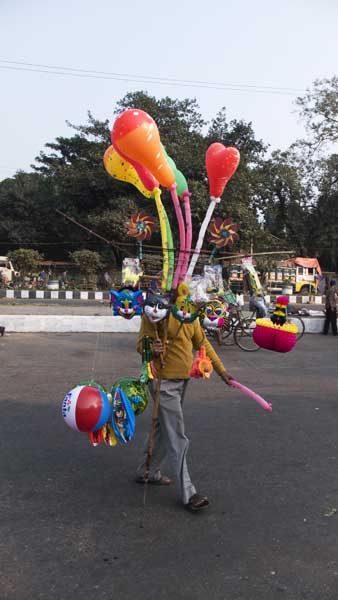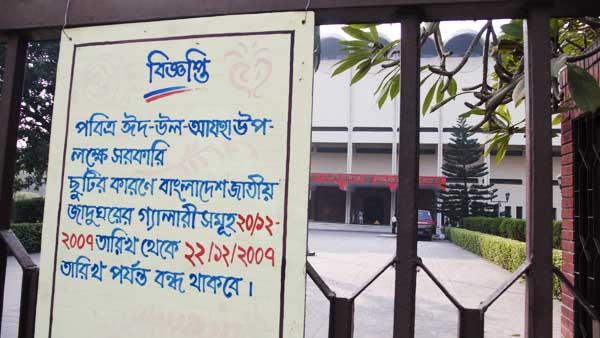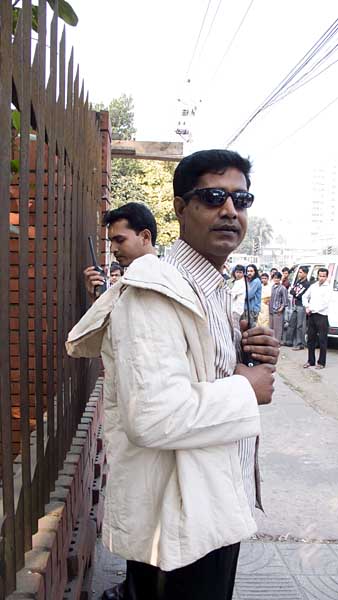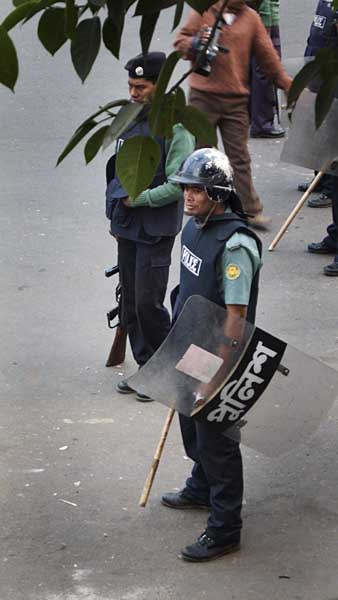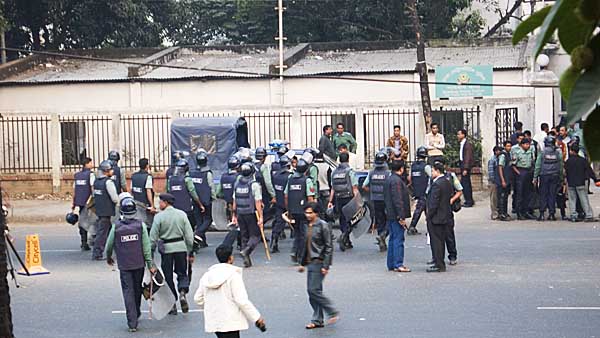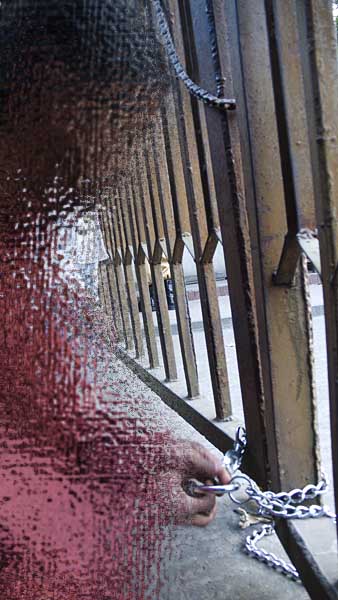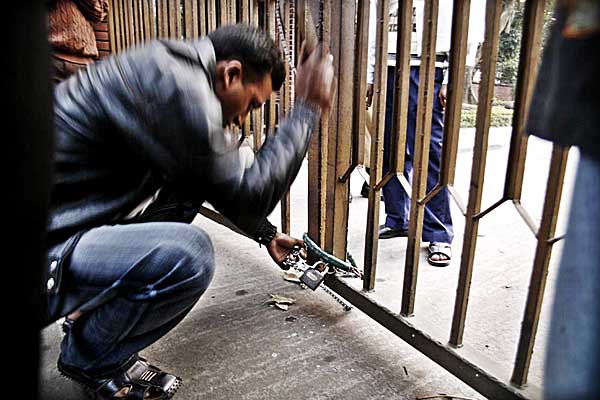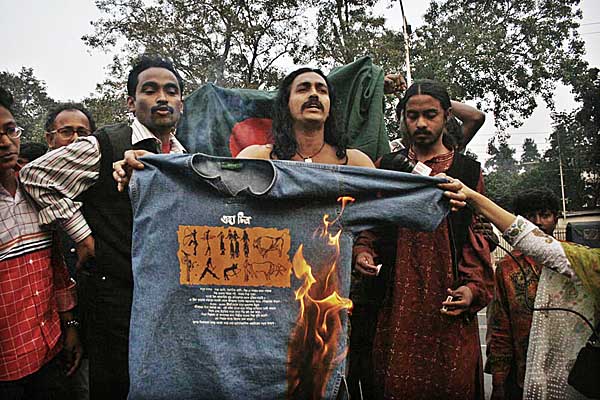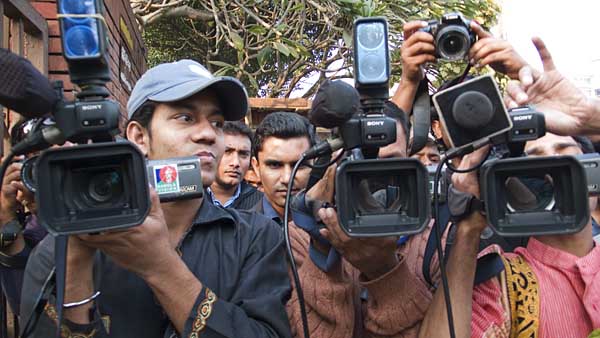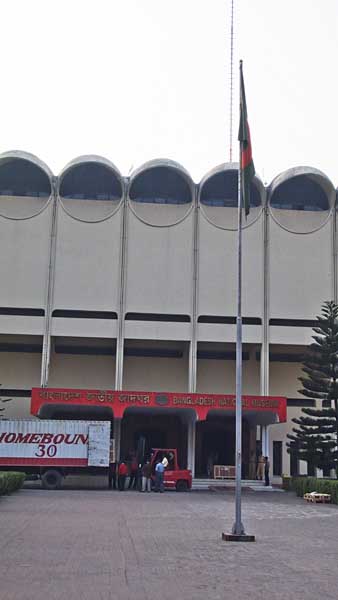
He was charming, witty, and took blame upon himself. Adviser Ayub Quadri, was the Minister of Education, Minister of Primary and Mass Education and Minister of Cultural Affairs, Government of the People?s Republic of Bangladesh. He was the perfect guy to rely upon for damage control. The public school background showed, as did the many years as a top bureaucrat. He had been a member of the elite Civil Service of Pakistan (CSP). An old boys network that still holds clout in the subcontinent.
The Press Information Department (PID) auditorium on the 3rd floor of Building 9, in the Bangladesh Secretariat was packed. Unlike many other Bangladeshi events this press conference started on time. Squeezing through the footpaths, crossing fences, lifting my bicycle over rickshaws stuck in traffic, I had panted my way to the secretariat. The police at gate 2 had been too perplexed by a bicycle going through the gate to even stop me for papers. I arrived just as the first question was raised. It was a packed hall, and while I thought I would stay at the back, I realised that I needed to get up there to stand any chance of getting a question in. I sat on the floor in between the video tripods.
The journalists had done their homework. And while there were a few questions that were repetitive, by and large, they knew what they wanted. In response to a question about the alleged corruption charges against one of the government officials involved in the transaction, the adviser joked. “Well I am the person in overall charge. The police don’t seem to be after me for corruption.” Pretty answer. Pity it didn’t answer the question.
The large table with the adviser in the middle was imposing. The Secretary of Culture on the left and another officer on the right played a largely ornamental role. So did the entire row of officials in the back. They did however lean forward to whisper in the adviser’s ear from time to time. The question came up of the alleged transportation of the bronze casket in 1959 to France, which Mr. Zakaria, the ex Secretary of Culture had mentioned in a press conference on the 1st December. The adviser let the question slip, saying he’d heard of such accusations and was looking into it. A member of the back row broke ranks and retorted, “There is no such record.” Mr. Zakaria, also an ex director of the department of archaeology, had mentioned a 49 year fight to get back this prized possession, without success. A journalist mentioned the case of the 30 paintings of Mohammad Younus. They had been sent to Yugoslavia, on a government to government exchange. None had ever come back. Quadri again said he didn’t know. “Don’t know” was quite a common response to questions. Candid perhaps, but not particularly useful.
In answer to the questions about the irregularities regarding the loan inventory, the adviser did provide figures, but no documents he could back them up with. Questions from the floor pointed to the disjoint between the figures he quoted and the ones given in the government documents submitted to the court. That they didn’t correspond to the inventory produced by the French themselves. He promised to provide updated documents this very evening. Tomorrow morning at the latest. Why the government had provided documents to the court which did not tally with the shipment, was a question that never got asked, and was certainly not clarified. The mystery of calling a press conference, but not having these documents at hand was never solved by the guests.
“I have full confidence that the items will come back.” He said, taking the weight of the world on his shoulders. As to why Bangladeshis should have confidence in him, was one that was never clarified.
“The company that had packed the crates have been doing so for 300 years,” he mentioned. The doubters have been asking for the packers to be named ever since the beginning, but have not been given an answer. Those who had thought the press conference would enlighten them were disappointed.
Since only government members of the committee were present, there was no one to question the claim that everything had been done to please the committee. That the committee had been fully satisfied with the proceedings. The fact that the official letter by the committee, in the hands of the press, said something entirely different was a mere technicality.
The inconsistencies were the problem. We still don’t know exactly how many items are being sent. Neither do we know exactly what is being sent. The few specifics the advisor provided, that there were “50 silver coins, and 8 gold coins,” might have helped in purchasing supplies for an Everest expedition, but didn’t help much in evaluating either the value, or the specifics of a museum item. Especially when the court record states “50 punchmarked coins” in one entry and an unspecified number of “gold and silver coins” in another. Assuming the number of silver coins in the latter entry is non-zero, and that the punchmarked coins are all silver, we still have a problem. The French inventory specifies “93 punch marked coins.” Are the “gold and silver coins” non-punchmarked? Do they add up to the “8 gold coins” the adviser was referring to? 50 + non-zero number = 50 and 50 + 8 = 93 in Ayub Quadri’s arithmetic.
There are bigger issues. He generally accepted that the insurance value was low, but claimed that it was an academic issue in the case of priceless items. Especially since he was confident that they were all coming back. However the French press release, issued on the 25th September 2007, stated that the insurance value was 4 million euro. The adviser today clearly stated 2.6 million euro. So who are we to believe? We are after all talking of the most prized possessions of a nation. Consistent statements help remove doubt. The adviser’s “confidence” might work on a poker table, but does little to put a worried population at ease.
He brushed off the accusation about whisking off the items in a hurry, or that there was any question of impropriety or stealth in terms of going against court directives. When asked why such an important event, which was covered by all major independent media, was completely unreported on state television, he smiled. The gentleman on the right did speak up this time. He pointed out that the question was “irrelevant.”
Other questions remain. Gold and silver coins is one thing. In the documents presented to the court by the government, even one of the most valued items, the large (and extremely rare) bronze statue the Vajrasattva does include an insurance value (not always the case for other items listed) of 200,000 euro. This item too does not have an accession number.
Quadri was unruffled throughout, never losing cool. Always extremely pleasant. His only admission to some concern was in answer to a question about when the items would come back. He said in no uncertain terms, “April.” He added, “Until then, I will stay worried, and looking at the mood in the room, I can tell that you too will not rest.” I hope he meant 2007.
As a child, we would watch the candy floss man take a tiny spoonful of sugar, a dollop of colouring and would watch with amazement as the machine spun out a pink web, which he would twirl around a stick. One portion was only dui poisha (two paisa). A figure which we could realistically save up. The large pink fluff, folded on contact, and melted in the mouth, but did give a sense of attainment. We called it hawai mithai, sweet made of air. This candy floss press conference too, had little substance but plenty of form.
Whether the media kids will feel they got value for their dui poisha is something we’ll see in tomorrow’s headlines.
3rd December 2007. Dhaka.
———
Previous governments have killed farmers when they demanded fertilisers and seeds. Villagers have been killed when they had the audacity to demand electricity, resist open pit mining. Yesterday 14 cyclone affected people were detained for trying to present a memorandum demanding relief. We wonder what demands for saving our heritage will bring.



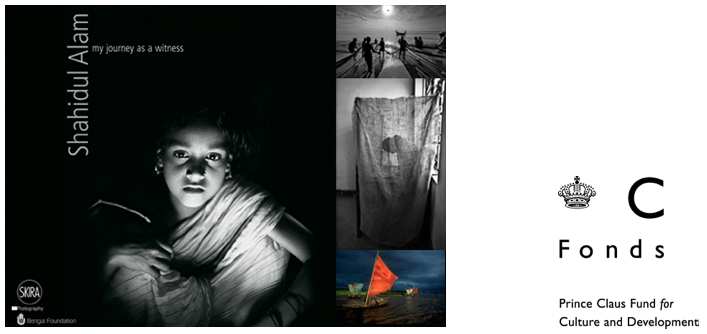















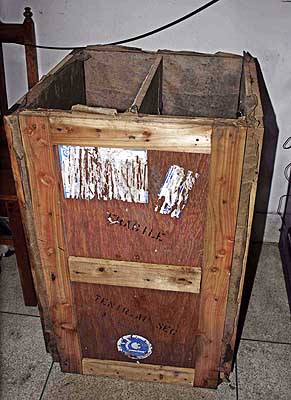

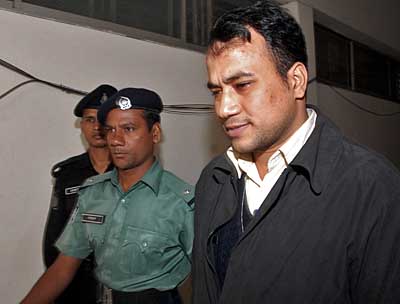
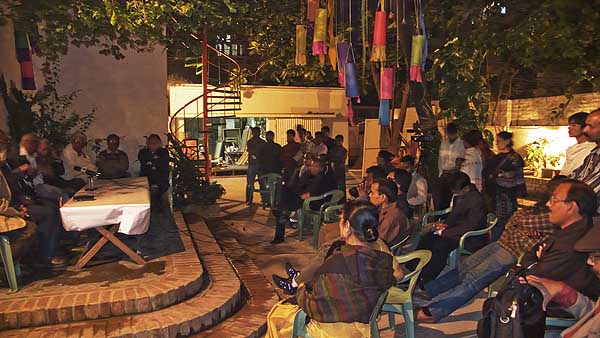
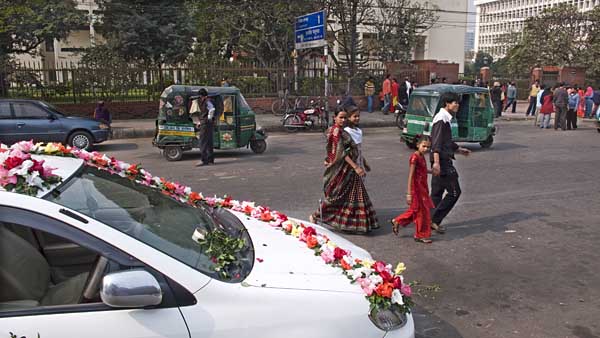
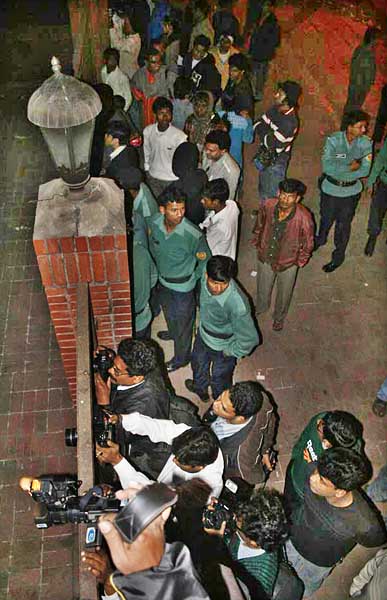
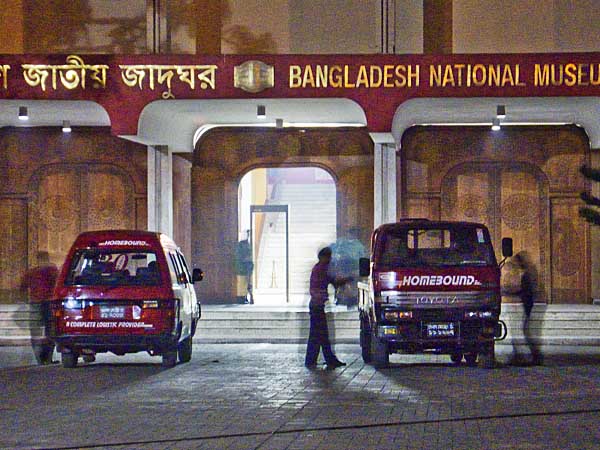
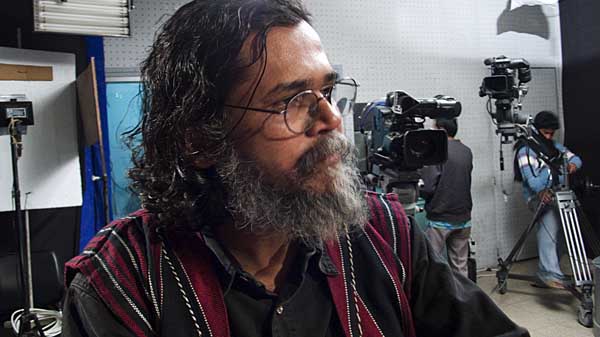
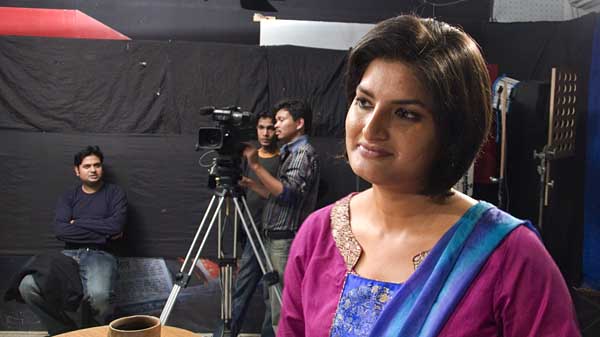
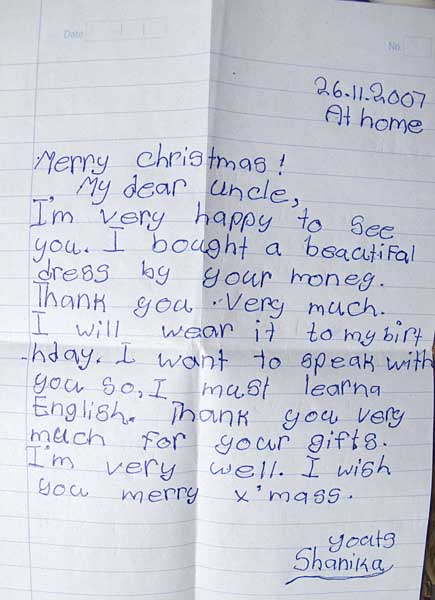 Letter from Shanika, received earlier in the month.
Letter from Shanika, received earlier in the month. 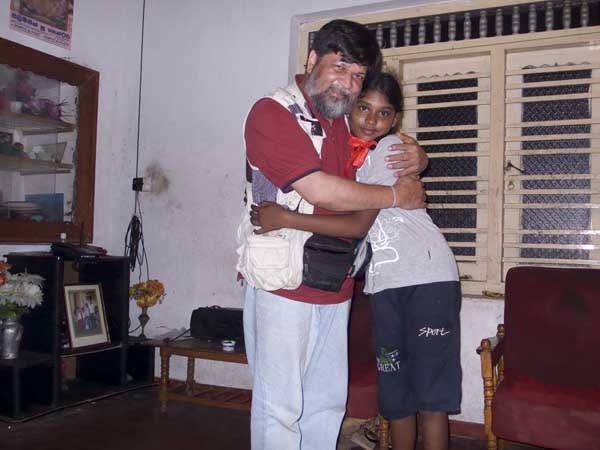 During an assignment for Help The Aged in Sri Lanka last month, I had sneaked a visit to Totagumuwa, in Hikkaduwa to see Shanika. The Tsunami had taken away her mother and her three sisters (including her twin sister). Phot
During an assignment for Help The Aged in Sri Lanka last month, I had sneaked a visit to Totagumuwa, in Hikkaduwa to see Shanika. The Tsunami had taken away her mother and her three sisters (including her twin sister). Phot
